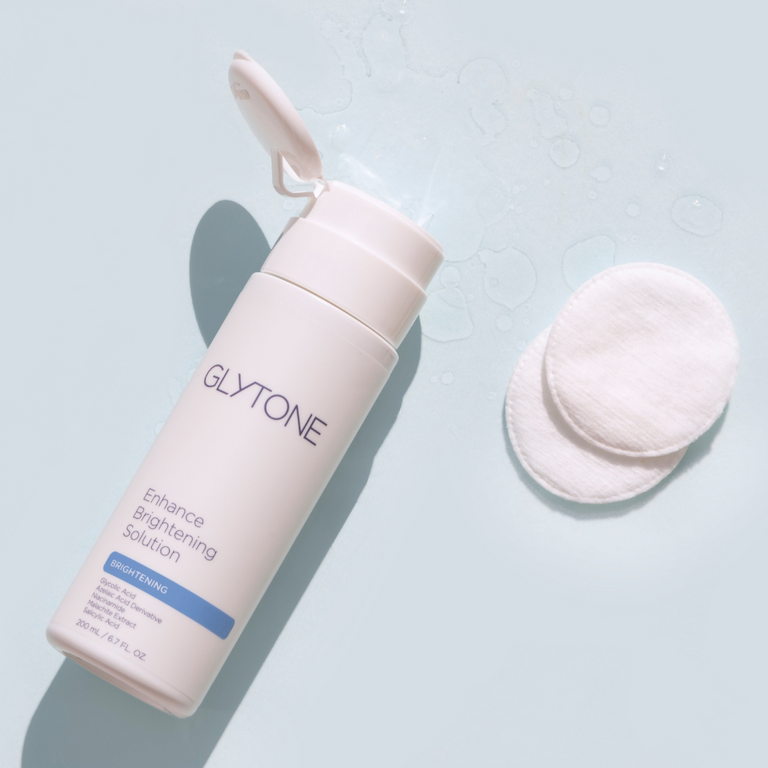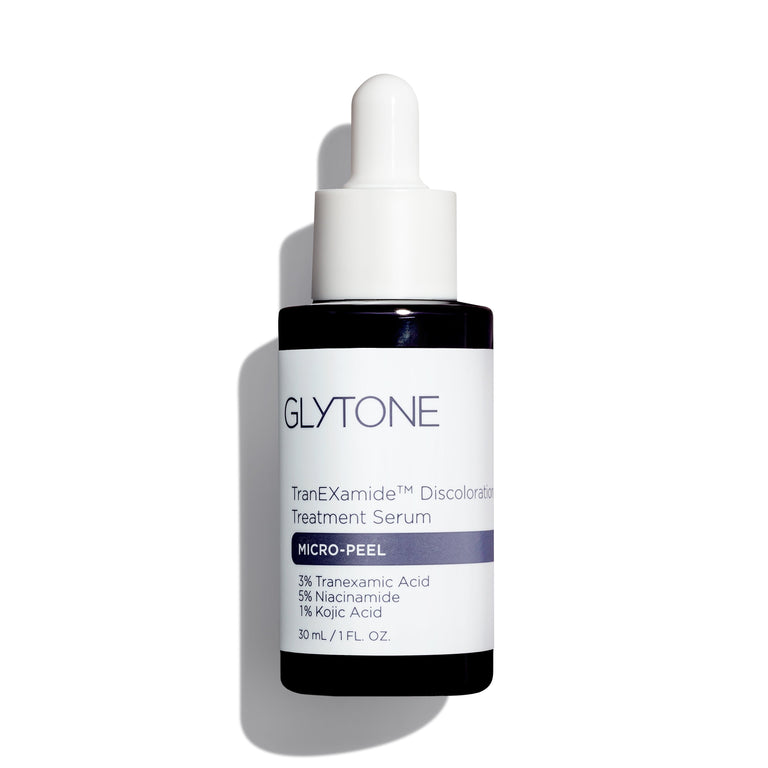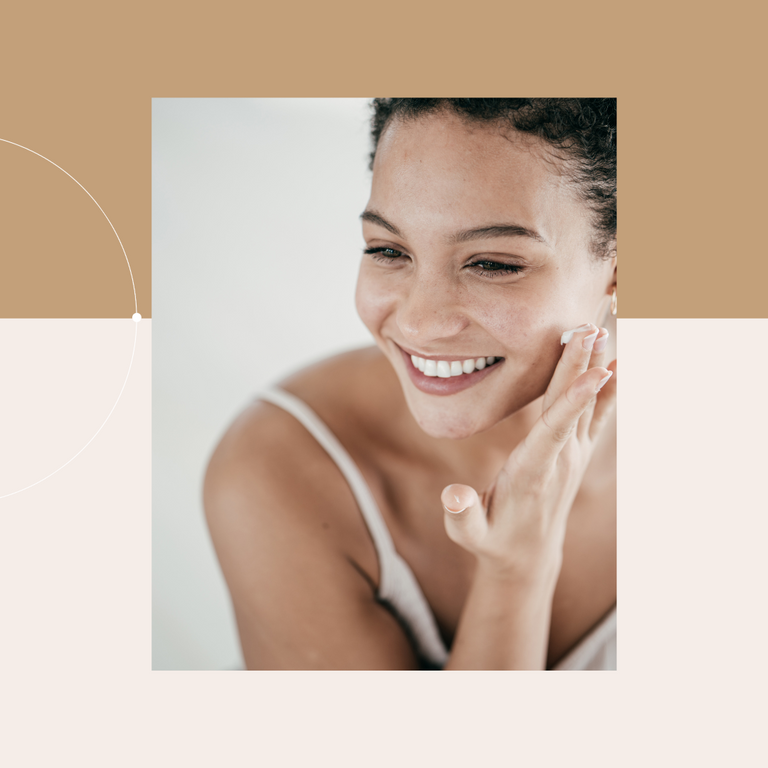There are so many skincare tips out there that it can be hard to know which ones to follow. And for those of us with hyperpigmentation, it’s even more important to get it right as it’s easy to make the problem worse.
Hyperpigmentation is the name given to those dark spots and patches that appear on the surface of the skin. There are three main types:
- Sunspots—caused by sun exposure
- Melasma—caused by hormones
- Post-inflammatory hyperpigmentation—caused by acne, eczema, cuts or burns
"Hyperpigmentation is due to the overproduction of melanin in the skin. It is more common than some may think,” says Rebecca, one of our skin experts. Luckily, there is something we can do about it.
Here at Face Dr, we’ve helped hundreds of clients grow more confident in their own skin by treating and lightening the look of hyperpigmentation. While there are plenty of in-clinic procedures which can solve the problem quickly, there are also steps you can take at home to prevent hyperpigmentation from forming in the first place and treat any dark spots that have already appeared.

Interested in our tips on other skincare concerns? We’ve shared our advice on everything from sensitive skin to ageing skin and oily skin.
Here are our five top skincare tips for those with hyperpigmentation.
#1 Wear sunscreen
We know you’ve heard this one before. It’s an important skincare tip for anyone, but especially for those with hyperpigmentation. That’s because all types of hyperpigmentation are made worse by the sun. The sun’s UV rays trigger melanin, the colour pigment in our skin. This then appears on the surface of the skin either as an even tan or, often, as dark spots and patches.
What does a Skin Expert say about sunscreen? Rebecca says to “look at using a daily SPF product that will provide you with broad-spectrum SPF. Try the ZO Skin Health Broad Spectrum SPF 50 that will protect you against UVA, UVB, IR-A rays and HEV light. It is a lightweight and non-irritating mineral sunscreen.”
#2 Exfoliate
One skincare step that many people skip is exfoliation, but, for those with hyperpigmentation, it’s a key step in treating dark spots. When you exfoliate, dead skin cells on the surface of your skin are broken down and washed off. That means dark and discoloured cells lift off to reveal a brighter and clearer complexion underneath.
You can buy exfoliating products designed for everyday use or those which you use just two to three times a week. If you have dry or sensitive skin, it’s better to start out slowly with two or three times a week and if you have oilier skin, you can exfoliate daily. Try the ZO Exfoliating Polish to get started.
Another exfoliating product that can help is a vitamin C serum. Our Skin Expert Rebecca says, “the use of a Vitamin C serum is a great way to even out skin tone if you are suffering from dark spots, discolourations or post-inflammatory pigmentation from acne breakouts.”
“ZO Skin Health 10% Self Activating Vitamin C is an ideal product for additional exfoliation on the skin’s surface. It will brighten the complexion, prevent the appearance of new dark patches and will provide the skin with an antioxidant protection.”

#3 Patch test
We know the excitement of getting a new skincare product and wanting to use it right away. But, before you apply it directly onto your face, it’s important to do a patch test first. This is a key step for anyone, but it’s even more important for those with hyperpigmentation as sometimes reactions can leave behind dark marks and patches which make the problem you’re trying to solve worse.
To do a patch test, simply apply a small amount of a new product to the inside of your elbow or behind your ear. Then, wait for 24 hours before checking for signs of an allergic reaction like a rash, redness or any irritation. If you see or feel anything, that means that unfortunately the product isn’t right for you. If not, you should be good to apply it to your face and problem areas.
#4 Know your skin type
We all have different skin types and you may already know yours. There are four main types: normal, dry, oily and combination. Sensitive skin is often considered its own type too. You can usually tell yourself what skin type you have.
- Dry skin may feel tight after cleansing and look flaky
- Oily skin has visible shininess, often on the forehead and chin
- Combination skin is a mixture with dry cheeks but a shiny t-zone
- Normal skin is well-balanced with no visible dryness or oiliness
- Sensitive skin is exactly as it sounds—sensitive. It often reacts to products and you may have acne, eczema or rosacea
For those with hyperpigmentation, it’s important to figure out your skin type so you can use the right products for you. That means choosing a cleanser, toner and serum that are designed for either your skin type or are suitable for all skin types. This will keep your skin as healthy as possible and reduce the chance of breaking out, which often leads to further discolouration.

#5 Layer correctly
Layering isn’t just for fashion. If you’re using multiple skincare products, it’s important to apply them to your face in the right order. That’s because thinner products will have a hard time getting through to the skin if there’s a thicker product underneath. So, there’s no point using a treatment for hyperpigmentation if it can’t get through your thick night cream to do its job.
In the mornings, you should apply:
- Cleanser
- Exfoliator (if using a daily exfoliating product)
- Toner
- Serums
- Spot treatment
- Moisturiser
- Sunscreen
In the evenings, you should apply:
- Cleanser
- Toner
- Acid treatment (if using)
- Serums
- Moisturiser
Need more advice?

Decided to do something about hyperpigmentation but not sure where to start? Our team of experts can help find the right products for you. Book a free online consultation to get personalised skincare tips and hyperpigmentation recommendations for your skin.
You’ll have a 30-minute video call and, from the comfort of your home, get expert-approved products, ingredients, tips and even a whole routine built around your exact concerns. We only ever recommend brands and products we know provide real results, so you can trust you’re investing in something that’ll actually work.
Plus, if you have any other questions or other skincare concerns you want to tackle, our experts are on hand to help.





